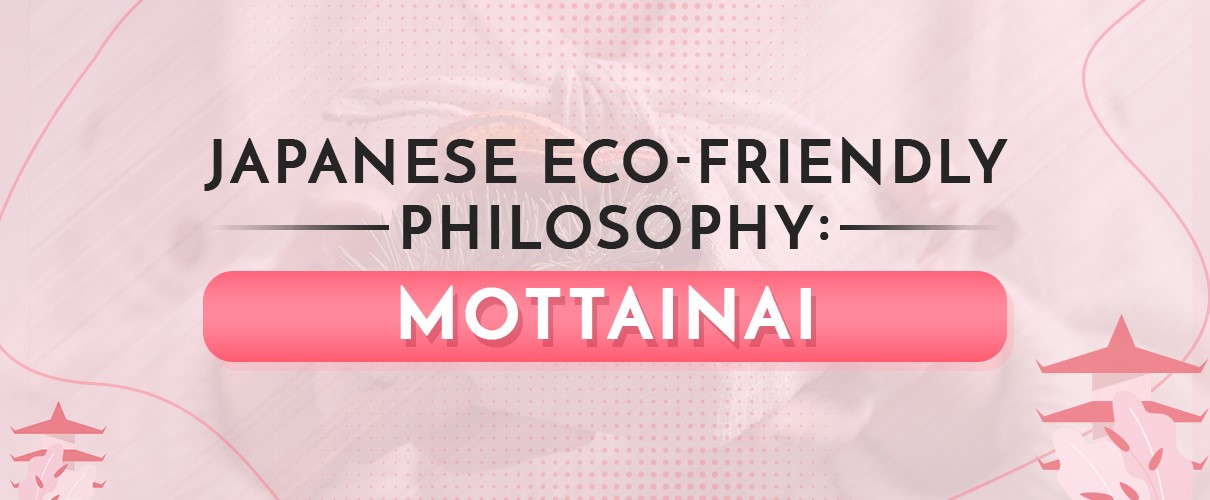
Our world pushes the earth to its environmental limits; the oceans are filled with plastics, and greenery is subsided to the corner. In such crises, it's up to us individuals to forge a path that leads towards sustainability, and for that, we need to follow ecological practices.
When it comes to eco-friendly practices for the 21st century, there is perhaps no better source of inspiration than the Japanese philosophy called Mottainai. It is a mindful concept and a part of Japanese culture that follows a simple yet powerful idea - wasted objects can be used to their full potential when altered.
Discarding a kimono because you outgrew it? Mottainai!
Throwing away a pair of excellent geta sandals because of a broken strap? Mottainai!
Japanese society prefers to conserve resources and utilizes energy consumption to reuse and repurpose items with gratitude. If you visit Japan and learn the Japanese language, you will see how locals follow mottainai to save mother earth.
Today, we will give you insight into the Japanese eco-friendly philosophy and share some of the mottainai practices followed by the locals of Japan.
Let's dive in!
Japan's sophisticated waste management system is an ideal example of Mottainai. Everything from polystyrene to packaging for pills can be separated and recycled.
The supermarkets in Japan have PET bottle shredders - providing shopping tokens in exchange for plastic. PET resin is then used to make clothes, carpets, and new bottles.
The kimono is the national outfit of Japan for a reason. This beautiful garment is hand-crafted from woven silk, dyed, and embroidered in an intricate multi-step process. Because the kimono is cut straight at a standard width, it can simply be recycled into zabuton cushions and futon bedding.
However, the most efficient and simple way to utilize kimono is to restyle it with different obi or accessories.
Furoshiki is a multipurpose cloth that can be used for carrying, storing, and wrapping items. Bathers often bring their toiletries and clothing in furoshiki. Moreover, in present days, it is customary to use furoshiki to wrap bento lunch boxes and gifts. Some furoshiki are even reversible, making them a striking and feasible alternative to wasteful gift wrapping materials.
The most renowned recycling method is kintsugi, a beautiful yet practical way of mending broken ceramics with lacquer and gold pigment. Edoites invented this healing therapy to extend the use of household goods while appreciating the fragility of life and its perceived flaws.
Nowadays, kintsugi is a beautiful means of preserving treasured and everyday kitchenware ceramics. Kintsugi urges experts to find success within failure and the beauty of life's shortcomings.
Along with utilizing kintsugi to heal through recycling, one can also find the beauty in restyling clothing and household objects by adapting a mottainai mindset.
If you want to study more about Japanese history, culture, technology, food, or language. Connect with us today.
Japanese learning is easy with Oku Sensei's Japanese!